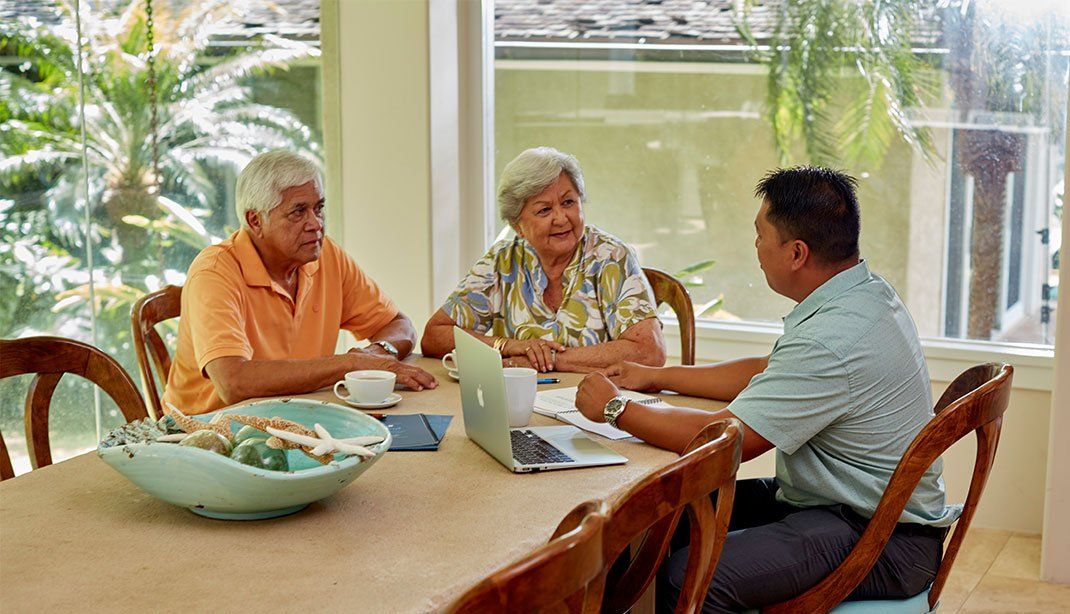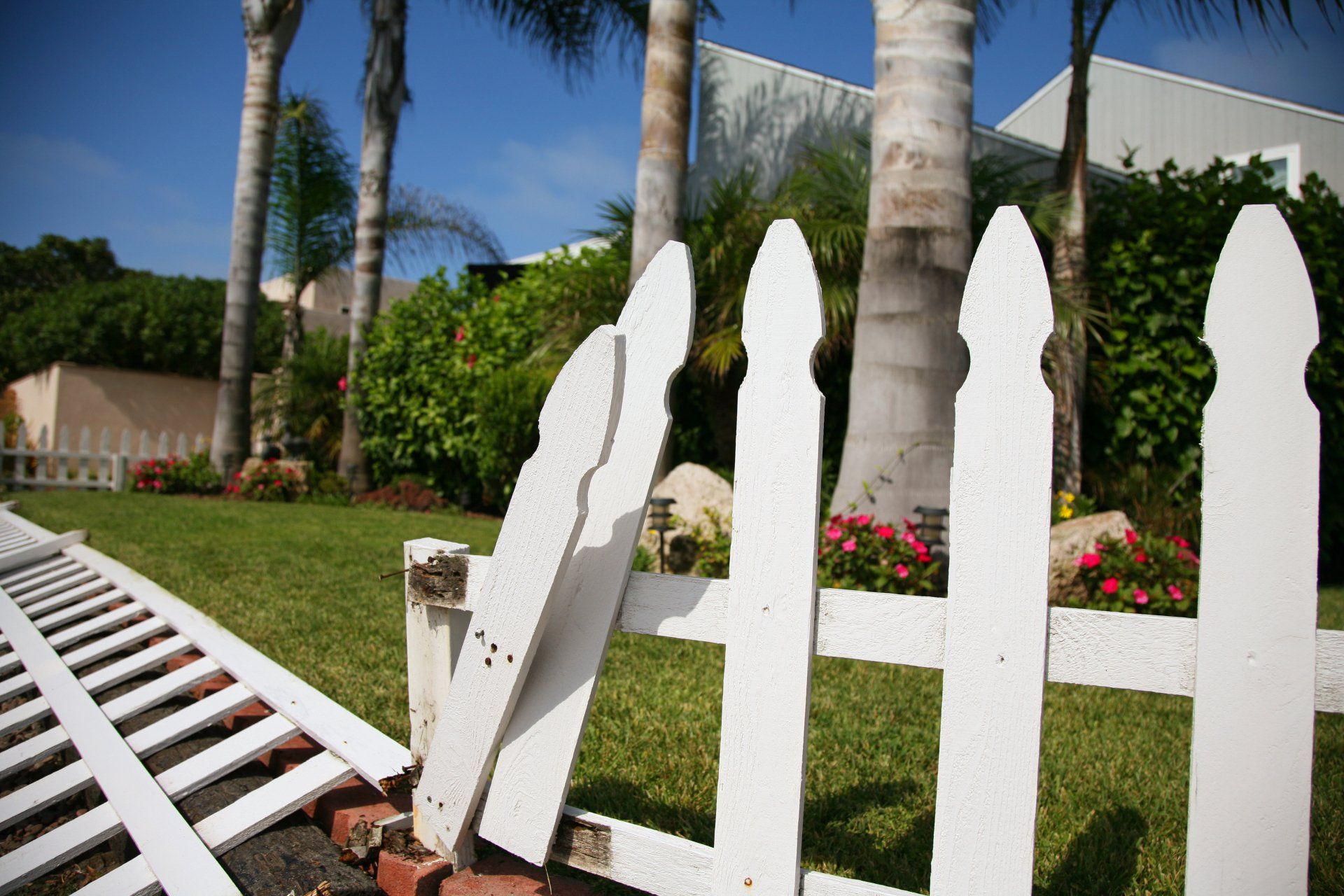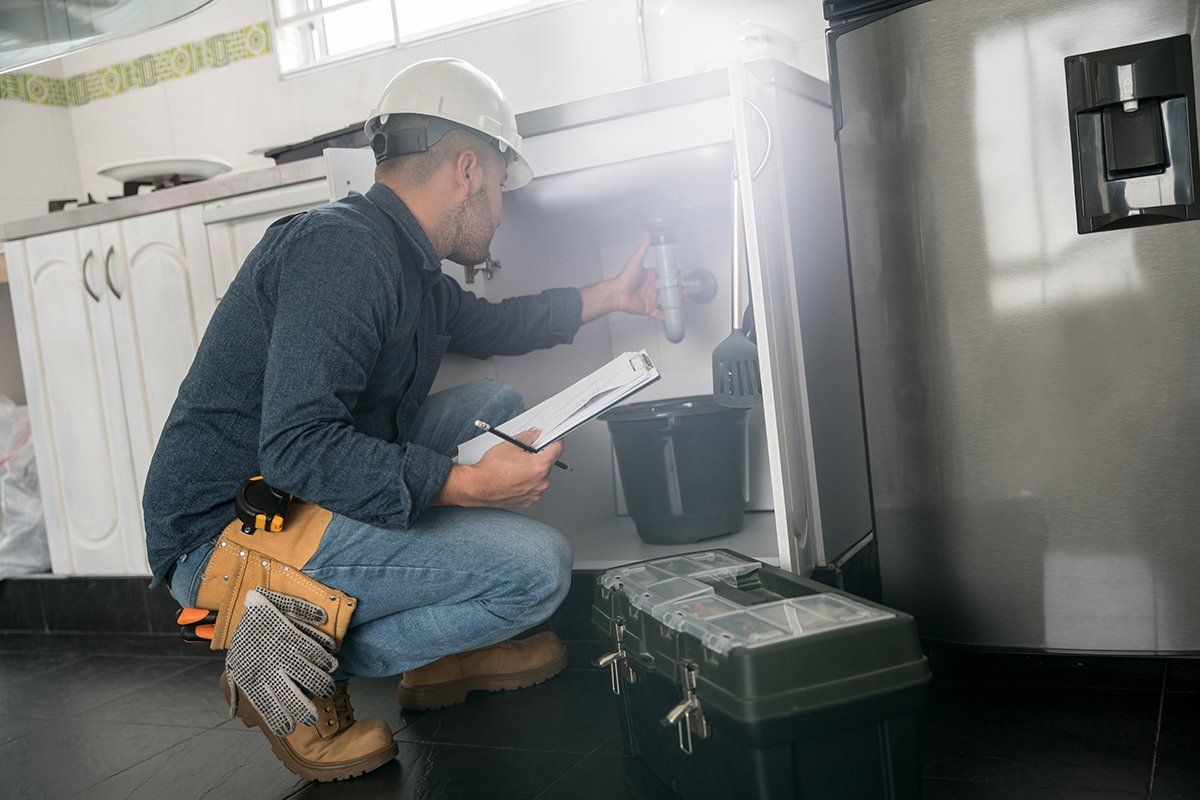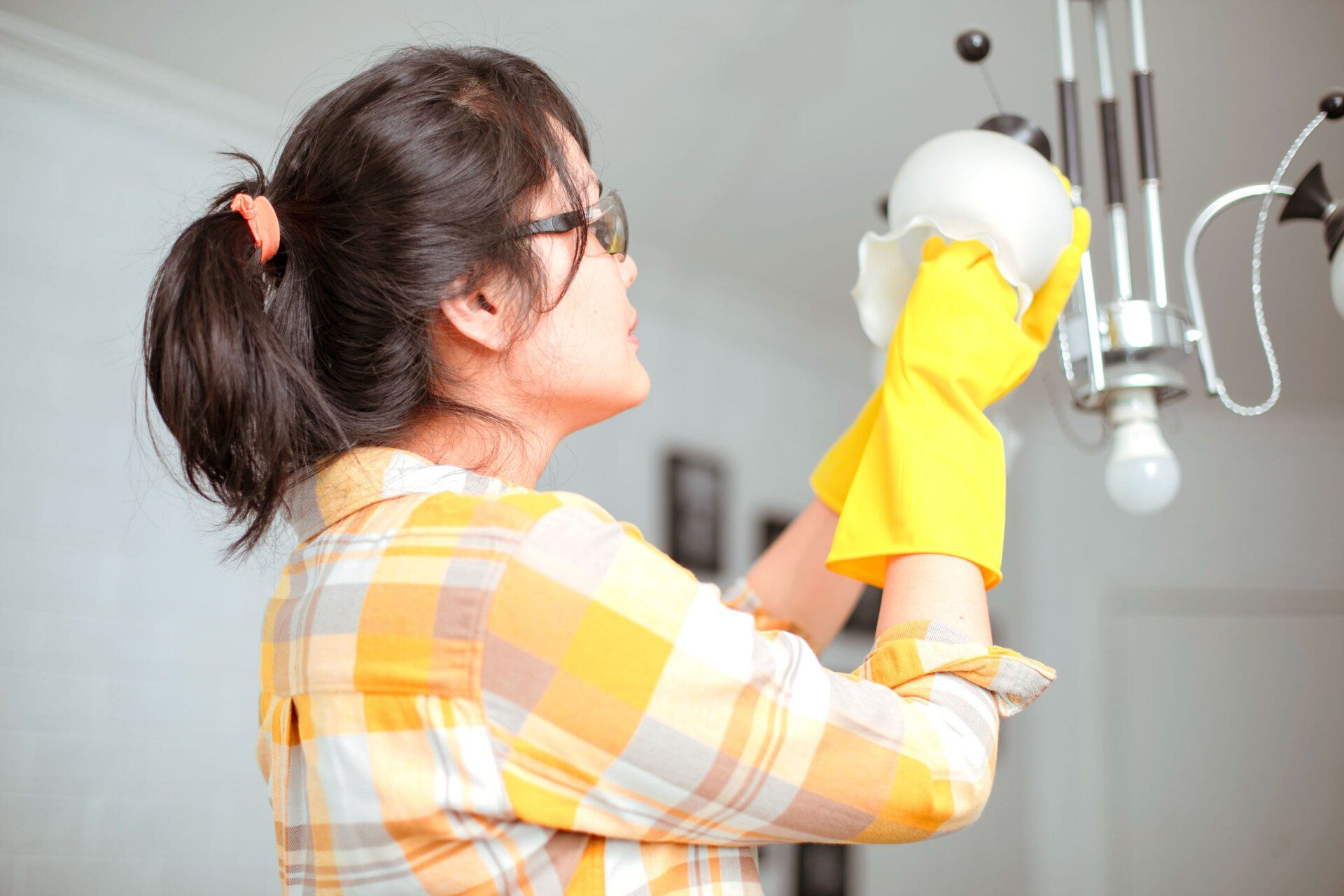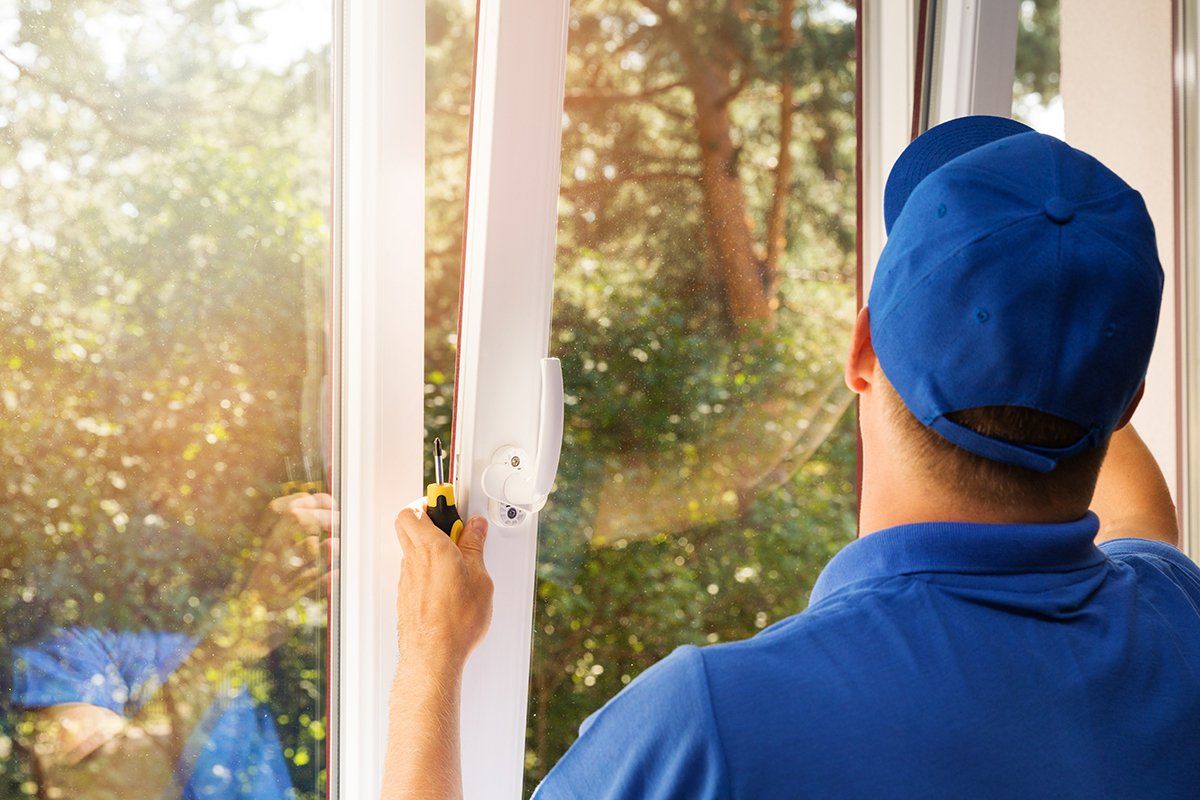Furnished or Unfurnished: What’s Better for my Hawaii Rental Property?
Should I furnish my investment rental property?
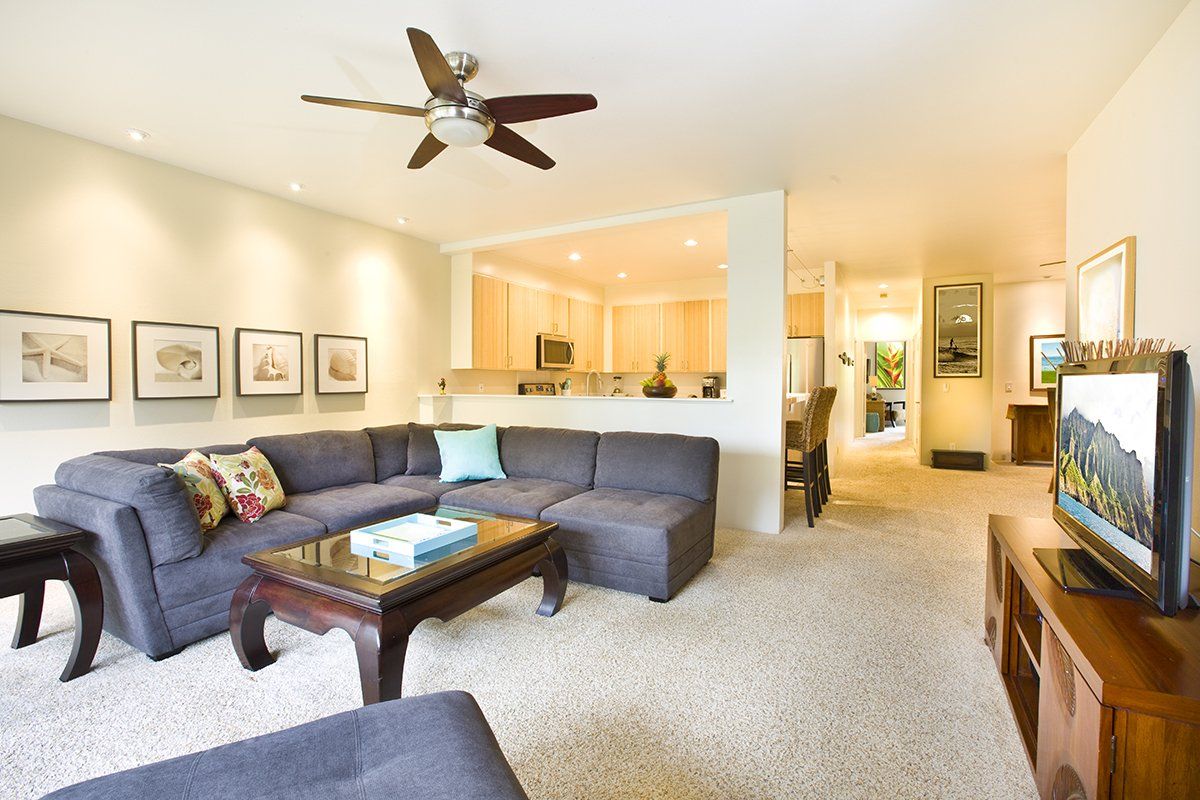
If you’re wondering whether to include furnishings with your rental property, you should know that there are some pros and cons to maintaining a furnished home or condo. While most homes are rented unfurnished, with only appliances and built-in fixtures included, some investment property owners choose to include anything from basic furniture items to a well-stocked kitchen and even wall décor.
The property’s location, availability, and your own needs and goals, are all factors to consider when deciding to list your property as furnished or unfurnished. Our experienced Hawaii property managers can advise landlords on how a furnished property would meet the needs—or not—of renters in their area.
What’s typically included in a furnished rental property?
- Living room: Couch, coffee table, end tables, window coverings, lamp and television
- Kitchen/dining room: Table and chairs, coffee maker, toaster, dishes, utensils and glassware, pots and pans, garbage can
- Bedroom: Bed, mattress, window coverings, nightstand, dresser, hangers, lamps, bedding, alarm clock, wastebasket
- Bathroom: Shower curtain, bathmat and towels, wastebasket
Some rental property owners also choose to include: cleaning supplies, general household items like laundry detergent, paper towels, toilet paper and garbage bags, dish soap and hand soap, as well as décor items, like wall art, wall clocks or throw pillows.
Pros of a furnished Oahu rental property
Higher rental income potential
The biggest pro to furnishing your Hawaii rental property is that you could earn more rental income. Because furnished units attract short-term tenants who are either in Hawaii for a limited time or are new to the state, rental rates are often higher to offset vacancy costs to the property owner. A furnished rental home or condo could rent for 20 percent or more than an unfurnished unit, according to Trulia.com; however, this is not always the case.
Higher security deposit
If your rental unit includes furnishings, you can require tenants to pay a higher security deposit to cover any damages, as well as normal wear and tear, to your furniture, small appliances, kitchen items or linens.
More tax deductions
You may be able to deduct some of the costs of furnishing your rental unit from your taxes, including the costs of repairing or replacing items. Be sure to consult your Locations property manager or accountant for advice.
Cons of a furnished rental property
Higher repair and replacement costs potential
If you choose to furnish your rental property, you will need to be prepared to maintain, repair or replace those furnishings. Not only will you need to cover the cost of damaged or broken furniture or small appliances, but you will also need to replace worn-out pieces and update décor items periodically.
May not attract long-term tenants
Because long-term tenants are more likely to have their own furnishings, they may not be interested in a rental property that is already furnished. If you’re looking for long-term, steady tenants, it may make sense to offer your rental home or condo as unfurnished.
Differing tastes
What appeals to some may not appeal to all. Home furnishings and decorating styles are subjective, and the items that you choose for your Hawaii rental property could turn off some potential tenants. Locations property managers recommend choosing neutral home furnishings that will stand up to heavy use; think gray or beige. Island-inspired design—like pops of turquoise and natural materials—is also popular in Hawaii rental homes and condos. If you’re not sure where to start, our experienced property managers can advise you on how to best outfit your rental property.
Ask an expert
If you’re still not sure whether you should furnish your Hawaii rental property, ask an experienced Locations property manager. If you decide to include furnishings in your rental property, be sure to take a thorough inventory of all furniture, small appliances and other items before your tenants take occupancy. You should also note the condition of all furnishings, taking photos, if necessary, prior to listing your rental. This way, if there is a dispute over damages with your tenants or insurance company, you will have proper documentation. A property manager can also assist you with this process.
The decision to rent out your Hawaii home or condo as furnished or unfurnished depends on several factors; a knowledgeable property manager can advise you on the best option based on your unique needs and goals.
Property Management Articles


